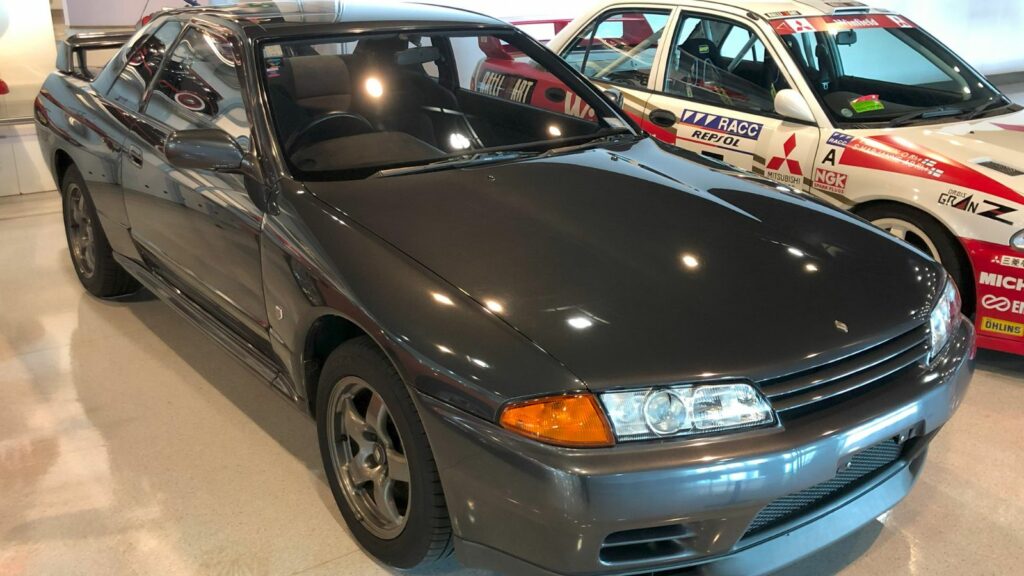There is something special about a car that exists because of racing rules. Homologation cars were born from necessity, built in limited numbers so manufacturers could compete. They gave everyday drivers the chance to experience real competition engineering. These were not marketing projects or showpieces; they were barely tamed race cars that you could actually drive on the street. Here are ten racing machines that turned into some of the most thrilling road cars ever built.
Porsche 959 and the 911 Group B Prototype

The Porsche 959 began life as a Group B rally prototype, designed to showcase Porsche’s engineering ability on every surface. Its twin turbo flat six produced 444 horsepower, but the true innovation came from its computer controlled all wheel drive and adjustable suspension. Only 292 road cars were made, each a rolling demonstration of advanced technology. The 959 was decades ahead of its time and influenced everything from the 911 Turbo to today’s supercars.
Ferrari F40 and the 288 GTO Evoluzione
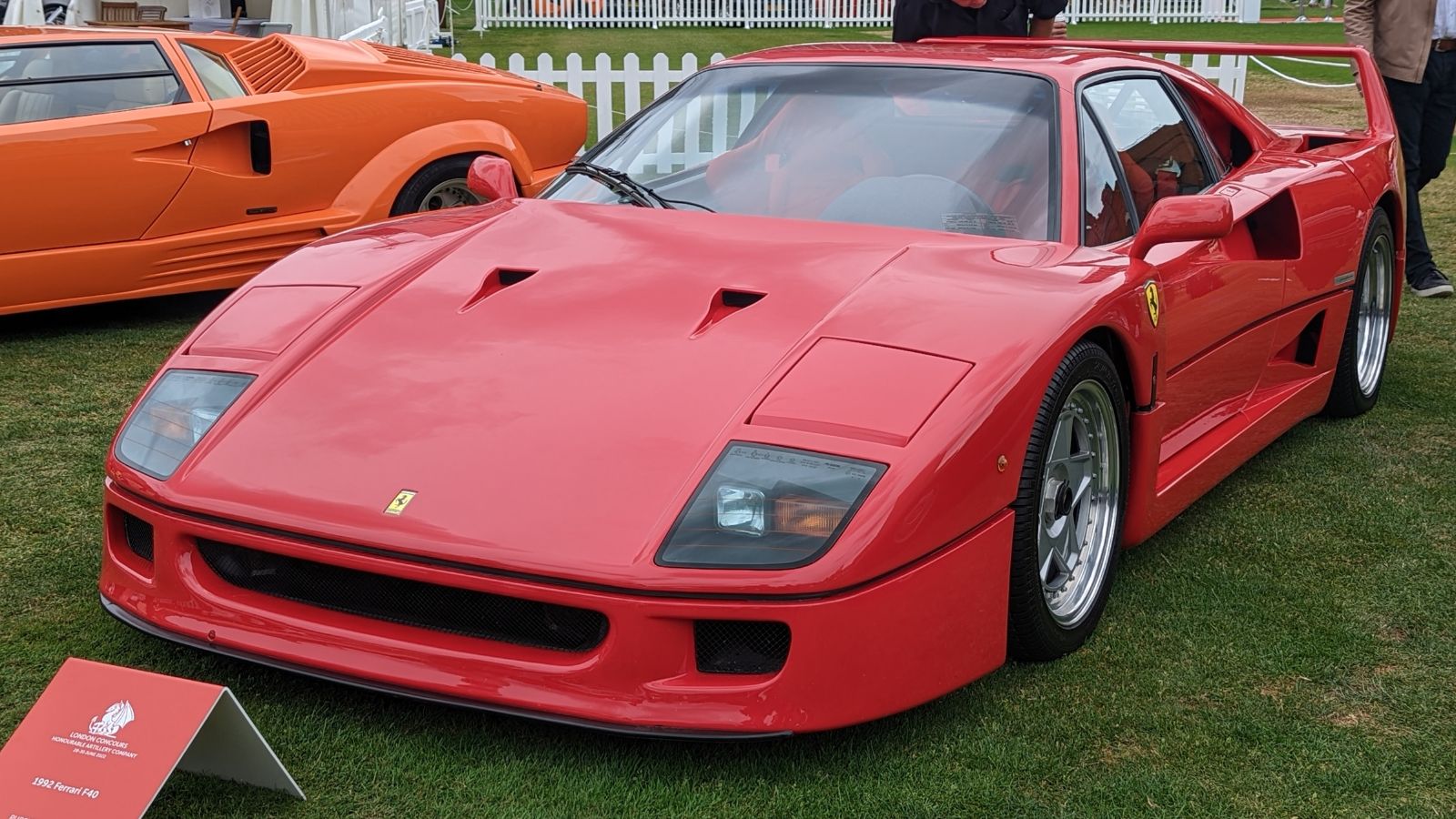
The Ferrari F40 was the purest expression of race car engineering ever allowed on public roads. It evolved from the canceled Group B 288 GTO Evoluzione project and used a twin turbo V8 with 471 horsepower in a lightweight carbon fiber body. It had no luxury features, just raw performance. Loud, direct, and brutally fast, the F40 connected driver and machine in a way few cars have before or since. Enzo Ferrari’s last personally approved model became the ultimate symbol of the brand’s racing soul.
Ford GT and the GT40 Le Mans Racer
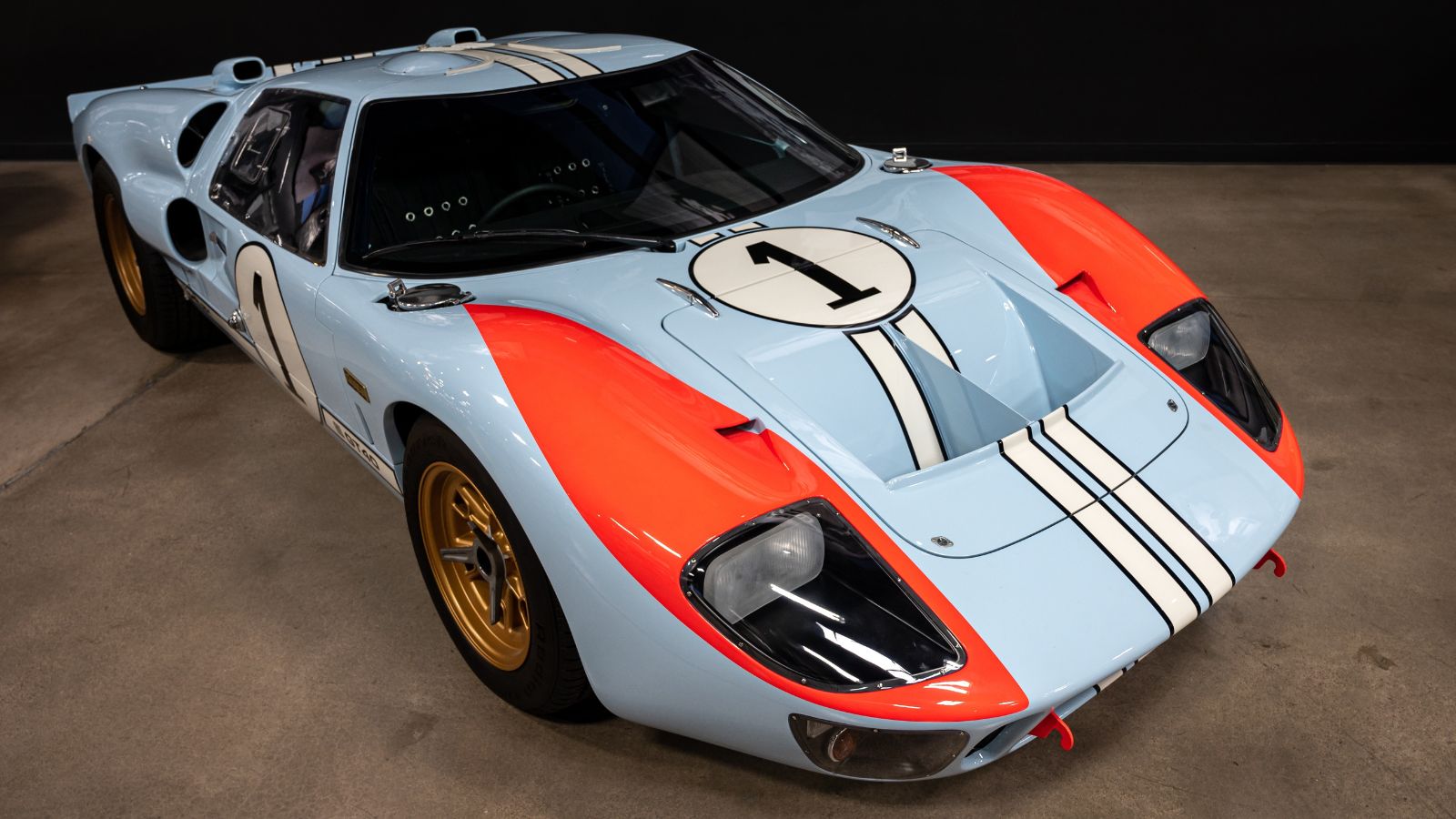
The Ford GT40 was created to settle a score with Ferrari at Le Mans. To qualify for endurance racing, Ford had to build road versions that were nearly identical to the racers. Those early GT40s were barely civil, but they made history with four straight Le Mans wins. Decades later, the 2005 and 2017 Ford GT models revived that legacy. Both carried race inspired technology, from aerodynamic carbon bodies to mid mounted engines, proving that Ford could still compete with the best in the world.
BMW M1 and the Procar Series Racer

The BMW M1 was born for Group 4 and Group 5 racing and required 400 road cars to meet homologation standards. BMW teamed up with Lamborghini and Giugiaro to create a stunning mid engine design that made over 270 horsepower. When racing delays hit, BMW launched the Procar series, where Formula 1 drivers raced identical M1s as support events. The road car kept that racing DNA intact and later inspired the creation of BMW’s entire M performance division.
Lancia Stratos HF and the Group 4 Rally Car

Few rally cars have achieved the status of the Lancia Stratos. It was the first car designed from scratch for rallying, using a Ferrari Dino V6 mounted behind the driver. About 500 Stratos HFs were built for homologation, and the competition versions went on to win three consecutive World Rally Championships. The road version was wild, compact, and purpose built, offering the thrill of rally stages on public roads. The Stratos remains one of the boldest designs ever to leave a factory.
Mercedes Benz 190E 2.5 16 Evolution II and DTM

The Mercedes 190E Evolution II was engineered to win in Germany’s DTM touring car series. Its aerodynamic body, tall rear wing, and Cosworth tuned four cylinder engine made it a race car with license plates. Only 502 were produced to satisfy the rules. The Evo II’s balance and precision turned it into a rival to BMW’s M3 on and off the track. It showed the world that Mercedes could make a sedan as sharp as any sports car, and it laid the foundation for AMG’s modern success.
Nissan Skyline GT R R32 and Group A Touring Cars

When Nissan revived the GT R name in 1989, the goal was domination. The R32 GT R was built for Group A touring car rules and featured a twin turbo inline six with all wheel drive and four wheel steering. On track it was unstoppable, winning every race it entered for years and earning the nickname Godzilla. For the street, Nissan sold thousands of versions that were nearly identical to the race cars. The R32 created a legend that continues in every GT R since.
Toyota Celica GT Four and the WRC Cars
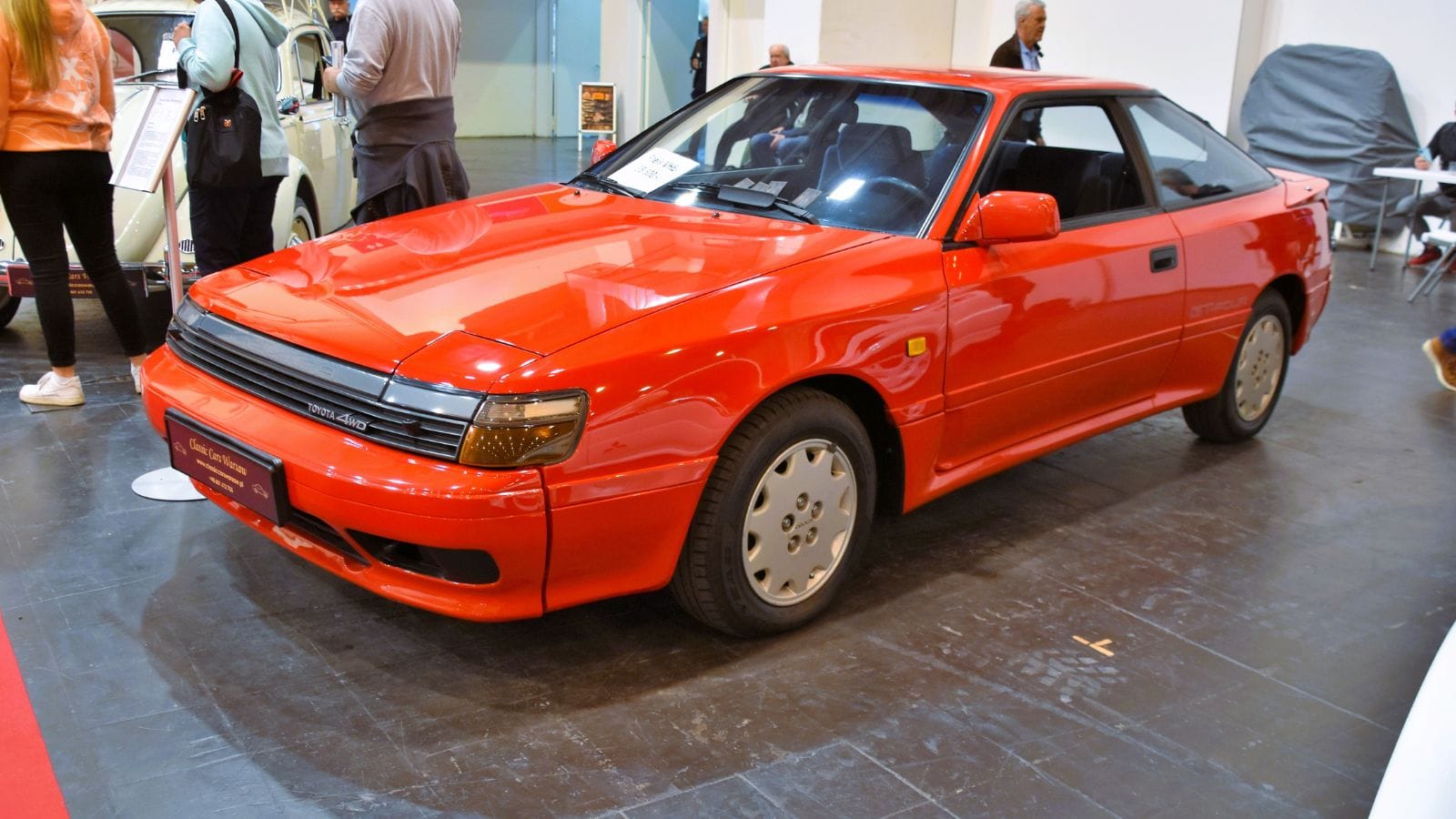
The Toyota Celica GT Four was built so Toyota could bring rally technology to the street. It featured turbocharging, all wheel drive, and the same layout used in its World Rally Championship cars. Across its ST165, ST185, and ST205 versions, the GT Four proved reliable, quick, and surprisingly practical. These cars won world titles and showed that a daily driver could carry serious racing DNA. Even today, the GT Four’s reputation for durability and grip keeps it a favorite among enthusiasts.
Subaru Impreza 22B and the WRC Dominator

The Subaru Impreza 22B is one of the most celebrated homologation models ever made. Created to mark Subaru’s 40th anniversary and three straight rally titles, it was essentially a road ready rally car. Only 400 were made for Japan, with a few more sent overseas. Its turbocharged 2.2 liter flat four produced around 280 horsepower, and its wide stance and suspension setup mirrored the WRC cars. The 22B remains a dream machine for collectors who love real performance with championship pedigree.
Peugeot 205 Turbo 16 and Group B Rally
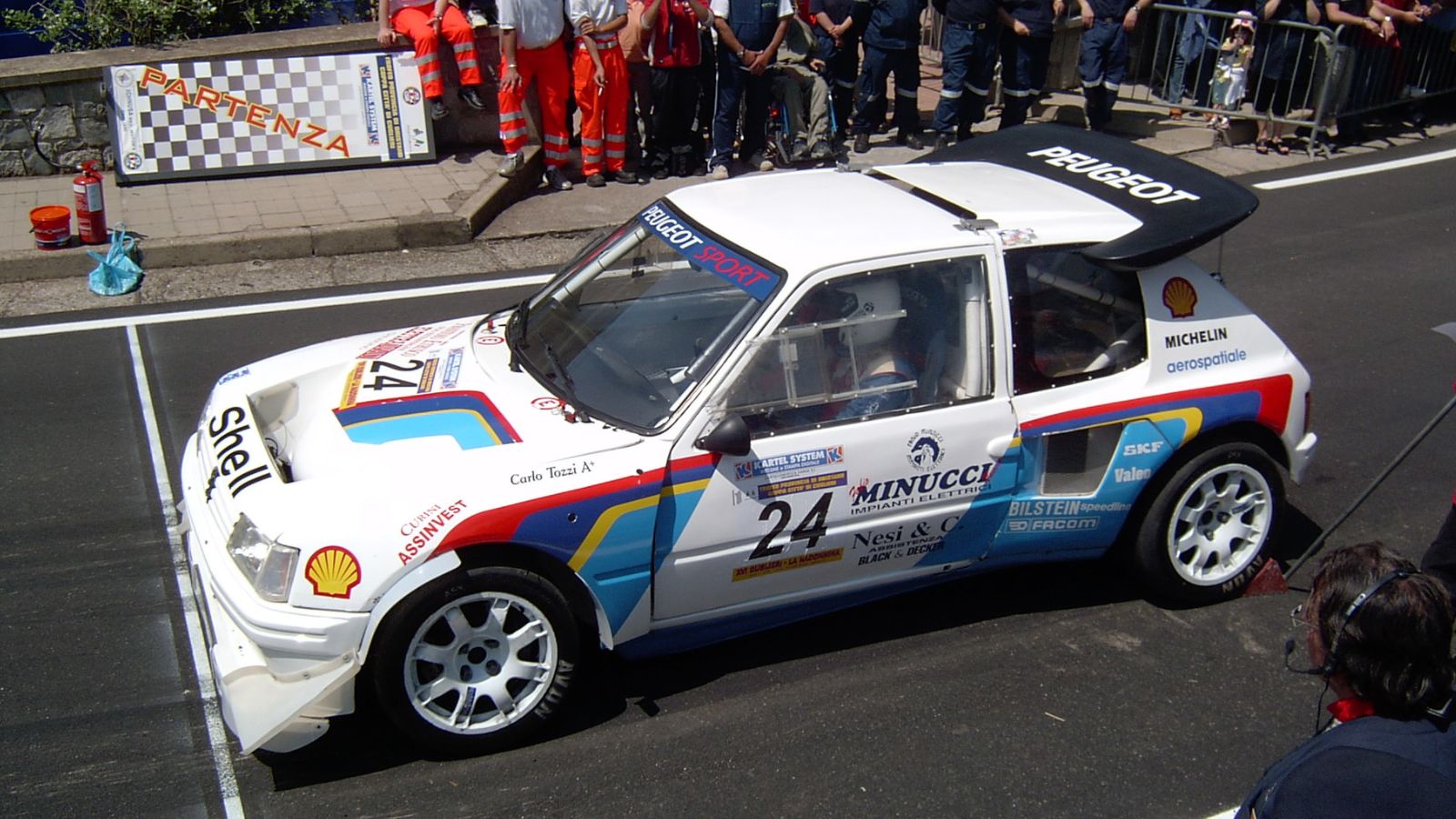
The Peugeot 205 Turbo 16 looked like a friendly hatchback, but under its skin it was a fire breathing monster. Built to qualify for Group B rallying, only 200 road cars were produced. Like the rally version, the street model had a mid mounted turbocharged engine and all wheel drive. The competition cars won multiple world titles before Group B was banned. The road going 205 T16 carried that same wild personality, making it one of the most exciting small cars ever built.
The Legacy of Homologation Legends

Homologation cars remind us that motorsport and road driving were once inseparable. They took lessons learned on the track and delivered them to the street almost unchanged. Whether born from rally stages or endurance circuits, these cars gave ordinary drivers access to extraordinary engineering. They are more than collector items; they are living pieces of racing history, built for the few who wanted to feel what winning really felt like.
25 Facts About Car Loans That Most Drivers Don’t Realize

Car loans are one of the most common ways people fund car purchases. Like any other kind of loan, car loans can have certain features that can be regarded as an advantage or a disadvantage to the borrower. Understanding all essential facts about car loans and how they work to ensure that you get the best deal for your financial situation is essential. Here are 25 shocking facts about car loans that most drivers don’t realize:
25 Facts About Car Loans That Most Drivers Don’t Realize
